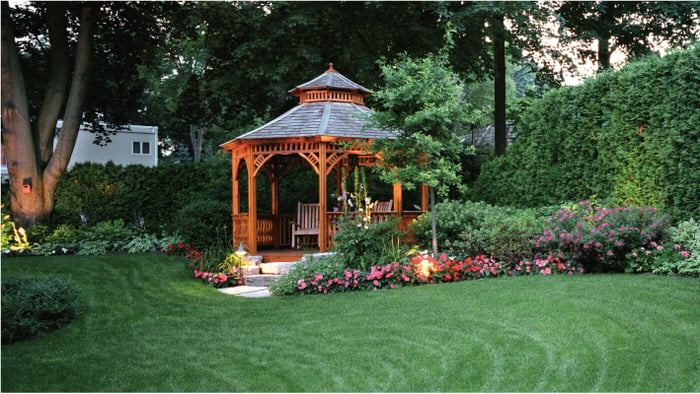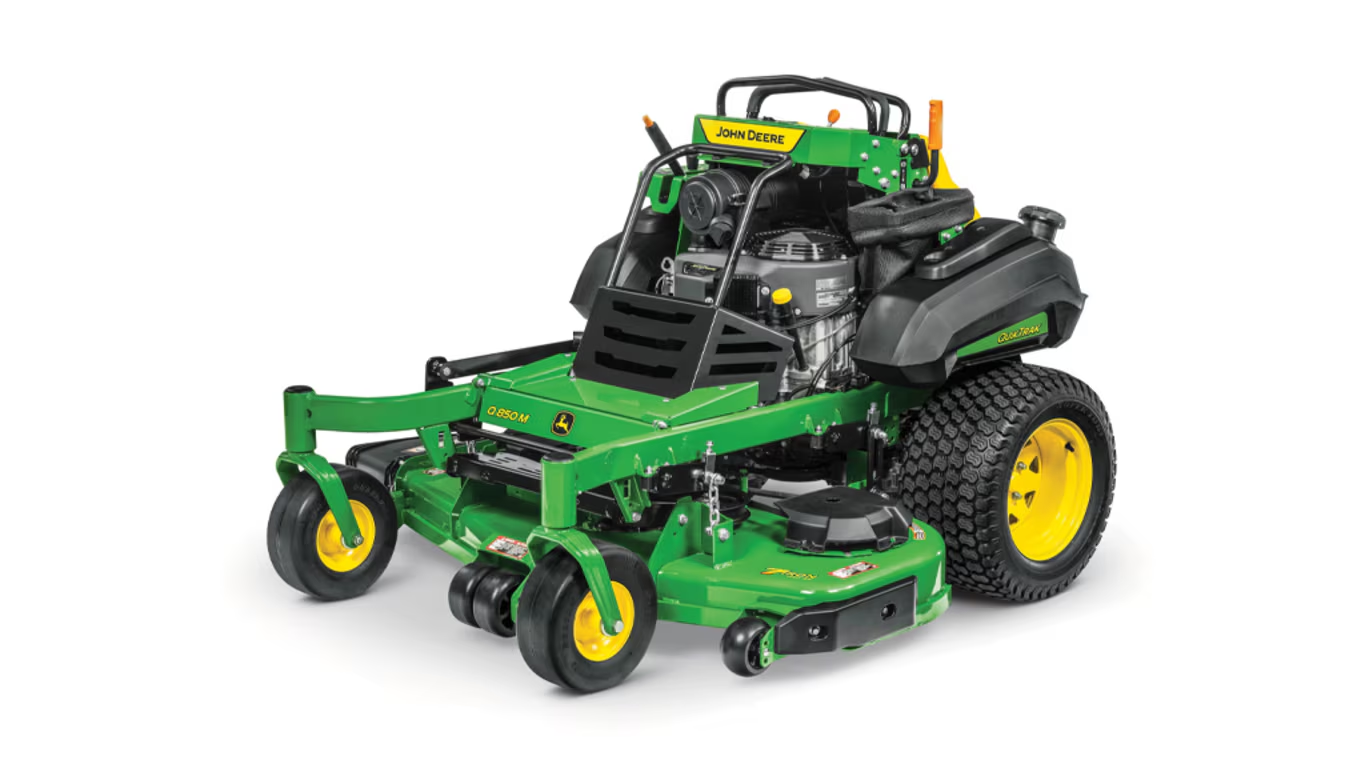
Spring is here and our eyes are turning to our lawns. No need to stress – we’ve put together some tips to make sure your lawn looks its best this year.
1) Soften And Aerate Your Lawn After The Last Frost
Over the winter, soil can become hard and compacted. If it’s not properly softened, the moisture and nutrients can’t get where they need to go to help healthy grass grow. Thatch can also build up over the winter. Some thatch is good, as it gets broken down and organically feeds your lawn, but too much will prevent the soil from getting the air and water it needs.
Start by raking your lawn clean of excess thatch and other debris. Then, after the last spring frost – usually the first week of April in southeastern Pennsylvania – soften your entire lawn with an inch of water. You can use an aerator to break up the soil as soon as the next day.
2) Fertilize When The Soil Temperature Reaches 55 Degrees
Fertilizing in the spring is essential for having the lawn you want in the summer. As soon as the soil warms up to 55 degrees, it’s time. You can use a soil thermometer, but it’s easy to know because it’s when grass starts to grow.
A 20-5-10 (nitrogen-phosphate-potassium) fertilizer should be your go-to in the spring. Use a slow-release fertilizer that allows you to wait longer between applications, the second of which will be four weeks after the first. You should do three more, every six to eight weeks, through October.
3) Set A Watering Routine And Stick To It
Lawns should get 1 to 1.5 inches of water once or twice a week. With southeastern Pennsylvania averaging around 45 inches of rain a year, and June to September being the wettest months, you’ll need to water your lawn more in the spring.
Test your sprinkler system for how long it takes to deliver the recommended amount. A simple way to do this is by setting out an empty tuna can (they are an inch tall) and letting it collect water from the sprinkler. You can also find out the flow rate of your system from the manufacturer, which will allow you to calculate the number of gallons you need.
The best time to water is early in the morning, even before dawn, as the cooler temperatures will evaporate less of the water before grassroots can absorb it from the soil.
4) Have Your Mower Ready And Raring
With so much to do in the spring, it’s easy to forget your mower. A spring checklist will help keep it in good working order. Give your mower a tune-up by replacing the spark plug and air filter, changing the oil, sharpening the blade, lubricating moving parts and doing a good once-over to remove any caked-on grass or other debris.
If you take care of your mower it will last for years, but if you’re considering an upgrade, ask yourself these questions first.
5) Use A Mower With A Mulching Function
Fresh grass clippings are a great mulch for your lawn. They preserve moisture, cool the root zone, provide up to 25% of the nutrients that growth removes from the soil and even prevent some weeds.
Mowers with a mulching function make it easy by cutting grass into tiny bits that nourish lawns. You don’t have to bag the clippings yourself and can reduce the amount of fertilizer needed. If your mower doesn’t have this function, it’s a good reason to think about an upgrade.
Get Ready For A Great Summer
Now is the time to prepare for the busy mowing season. Don’t put off maintenance until something breaks – do routine maintenance this spring to keep your yard looking healthy all year.




